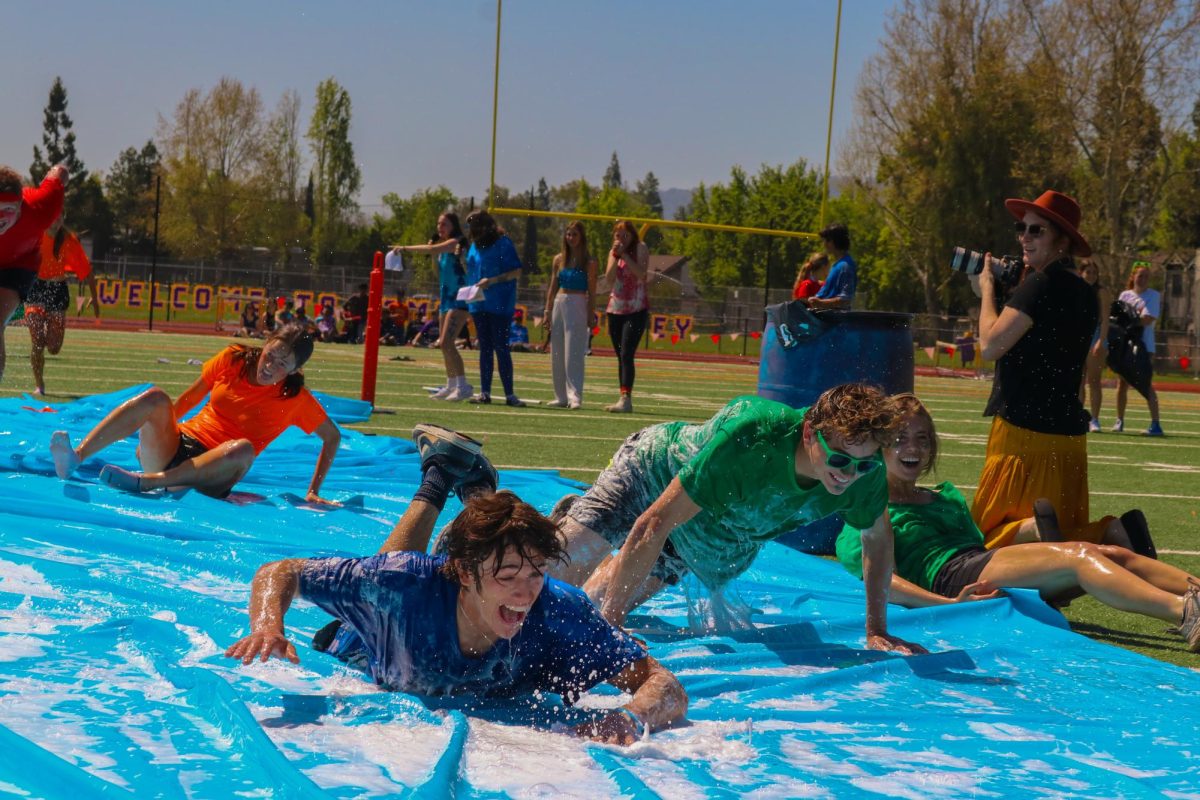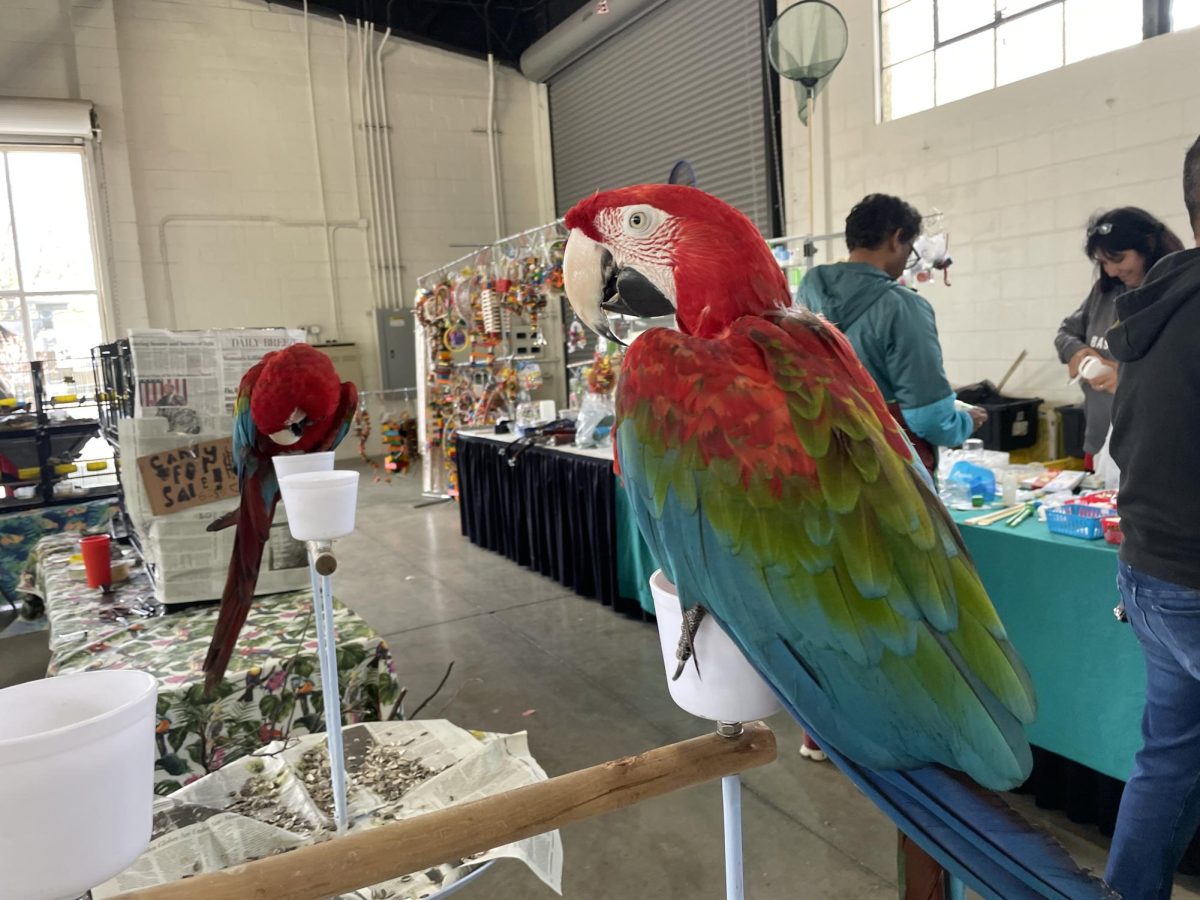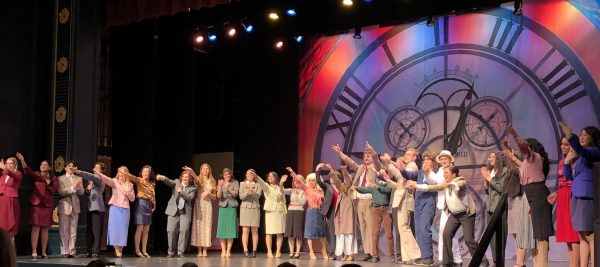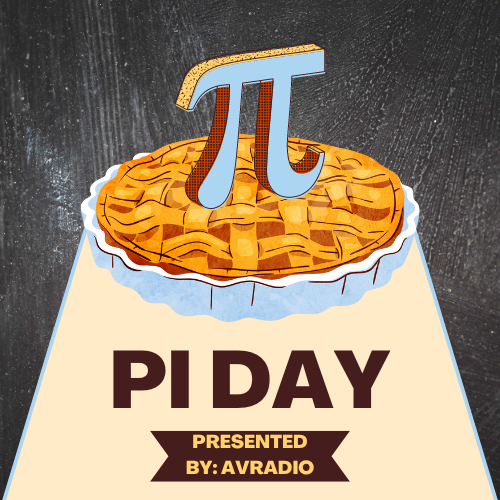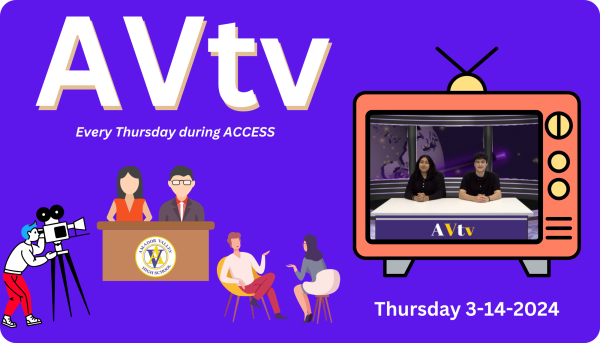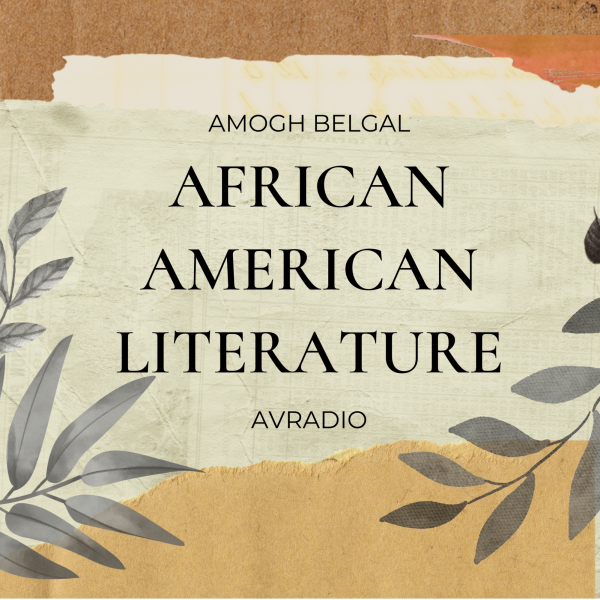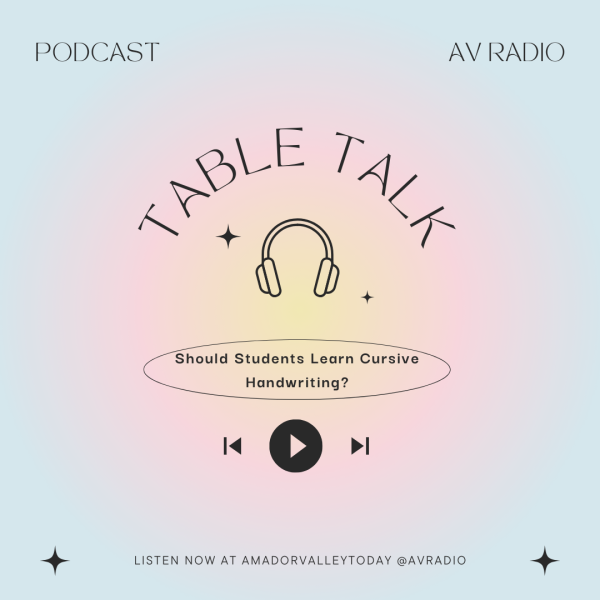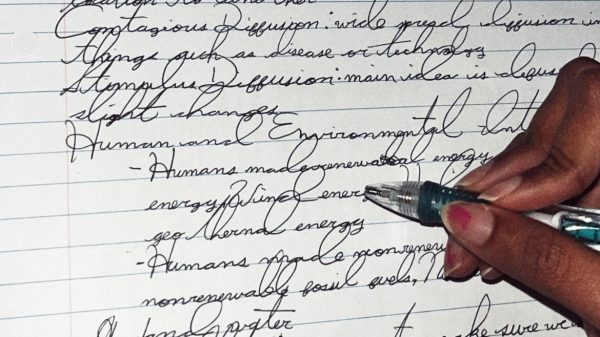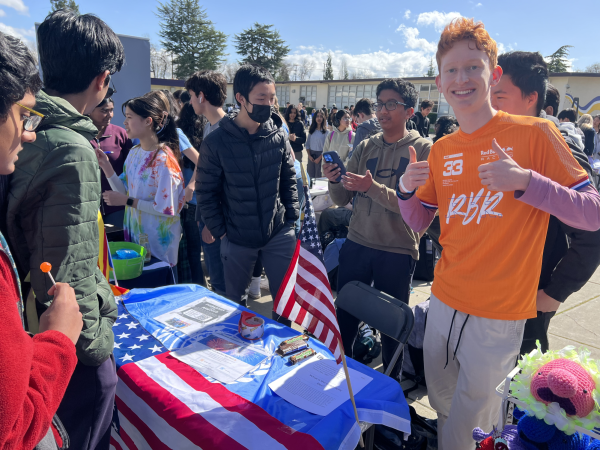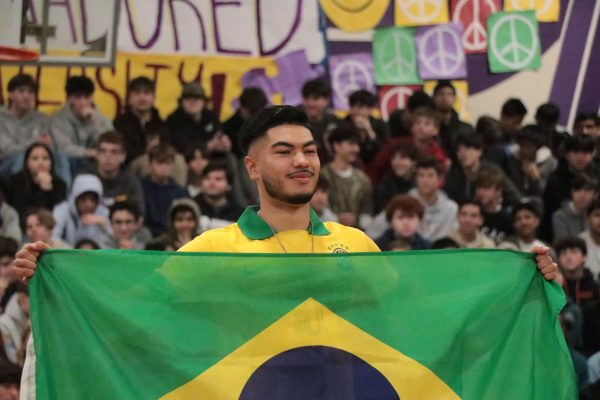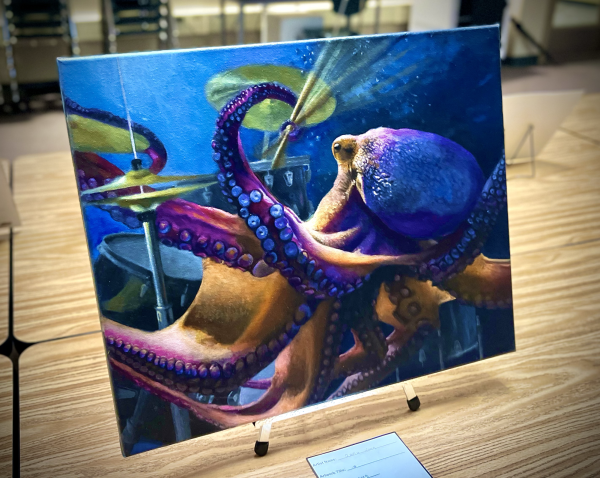Diversity in She-Ra and Why It’s Important
April 30, 2021
She-Ra, the beloved cartoon from the 80s, has been rebooted in a new TV show that premiered on Netflix in November 2018. Since then, five seasons have been released. The show has received praise from fans and critics alike, with a 97% overall rating on Rotten Tomatoes and a 100% rating on seasons one, three, four, and five.
She-Ra and the Princesses of Power has many strengths. The plot is engaging; the characters are well-developed and three-dimensional; the jokes land for a young audience as well as a mature one; and the show is filled with good messages for kids. However, one of the most appealing aspects of the show is how diverse it is.
“I think in kids shows, diversity shows kids that they can be anything they want. It shows them that it’s important to be open-minded and accepting of others. For example, gay media shows that it’s okay to be gay, which is an important message for kids to get at a young age,” says Sierra Deaver, (‘21).
Back in the 80s, She-Ra was pretty feminist for its time. However, from a modern perspective there are some issues. Every female character had the same oversexualized body type, everyone was white, and She-Ra still pretty much existed as He-Man’s sidekick sister. She-Ra and the Princesses of Power goes above and beyond when it comes to introducing more diverse characters and inclusive relationships.
To start, Adora—also known as the mythical warrior She-Ra—is no one’s sidekick. A Horde soldier who defects to the rebellion, Adora is a powerful warrior with a magical destiny who undergoes major personal growth over the course of the show. While she was He-Man’s twin sister in the original cartoon, He-Man has no mention in the new reboot. The story is all about Adora’s struggles with friendship, love, and doing what’s right, even when it’s hard, and there are plenty of strong female characters to help her on her journey.
From the very first season, She-Ra has boasted a diverse cast. Many of the characters are racially diverse. Princess Entrapta is also confirmed to be autistic.
Additionally, the costumes in the reboot are progressive compared to those in the original show. She-Ra’s new design is significantly less sexualized, and her armor is more realistic to what a warrior princess might wear. The show also features characters with all different body types and realistic proportions.
She-Ra also deals with mature yet important themes like healthy vs unhealthy relationships, abuse, and asking for help when you need it, all in a form that kids can understand.
“It passes itself off as a kids show, but it also has really important messages,” says Giuliana Miller, (‘21).
But by far the most groundbreaking element of the 2018 reboot is the LGBT representation. Most of the show’s characters are either implied or explicitly LGBT, and the show’s creator, Noelle Stevenson, said to assume every character is gay unless it’s explicitly stated otherwise. The show also features a nonbinary character. Nonbinary actor Jacob Tobia voices this role.
Still, it’s in the final episode of the show that She-Ra really makes history. In it, main characters Adora and Catra admit their love for one another and share an on-screen kiss.
The relationship between Catra and Adora is complicated but compelling. Raised as best friends in the Evil Horde, their relationship took a turn for the worse when Adora realized her destiny as the mythical warrior She-Ra and joined the Rebellion, leaving Catra behind. The contentious relationship between Catra and Adora is the driving one in the show.
Catra and Adora have shared scenes that hinted at a romantic relationship for all five seasons. In the episode titled Princess Prom, Catra and Adora share a dance together that heightens the romantic tension. In Promise, we get to see flashbacks of their relationship as children raised in the Horde. Even when Catra is at her worst, it’s clear that she’s driven by heartbreak and genuine feelings for her nemesis.
Season five saw Catra finally get her long-awaited redemption arc. More than that, she and Adora finally confirm their relationship as romantic in the last episode of the series.
To many fans, this seemed like the only fitting ending for these two characters. However, the future of Catra and Adora’s romantic relationship remained uncertain for a long time. Show runner Noelle Stevenson revealed that she had to fight in order to get their relationship confirmed on-screen. In an interview with Digital Spy, Stevenson admitted that the Princess Prom dance didn’t go over well with some of her higher-ups. Stevenson always knew she wanted Catra and Adora’s relationship to be romantic, but was unsure whether she would be allowed to show this on-screen.
Throughout the twentieth century, the Motion Picture Production Code largely prohibited LGBT relationships on-screen, meaning that most of these characters or relationships had to be largely conveyed through subtext. Even now that this code has been repealed, it’s still difficult to find confirmed, healthy LGBT relationships where both characters get a happy ending, especially in children’s TV.
Animation has been making strides towards being more accepting in recent years, with shows like Steven Universe and Legend of Korra featuring LGBT characters. However, the relationship between Catra and Adora stands out for several reasons. First of all, Catra and Adora are the main characters of the show. In a world where most LGBT relationships are portrayed through side characters, having a central lesbian couple is a big step forward.
Secondly, the relationship between Adora and Catra is a defining part of the show. It’s not tacked onto the end—rather, their history, conflict, and mutual love drive the entire narrative forward.
So, why is it important that this show is so diverse? For one thing, it’s important for kids to see characters they can relate to on TV. Representation is important for the self confidence of growing kids, and in a world where most media doesn’t represent everyone equally, She-Ra is a breath of fresh air.
Additionally, representation helps kids be more accepting of children who look or act differently by introducing them to diversity at a young age.
“There’s a lot of diverse characters, but you don’t really think much of it because they just act like normal characters,” says Miller. “It’s nice to see, but they don’t heavily push it. They just blend in.”
Ultimately, She-Ra and the Princesses of Power is a feel-good, entertaining cartoon with lovable, three-dimensional characters that all have believable, fully fleshed-out character arcs. It builds off its source material in the best possible way. She-Ra’s diverse cast of characters will be sure to inspire young people regardless of race, sexuality, gender identity, and body type—which is exactly what a kids’ show should do.

